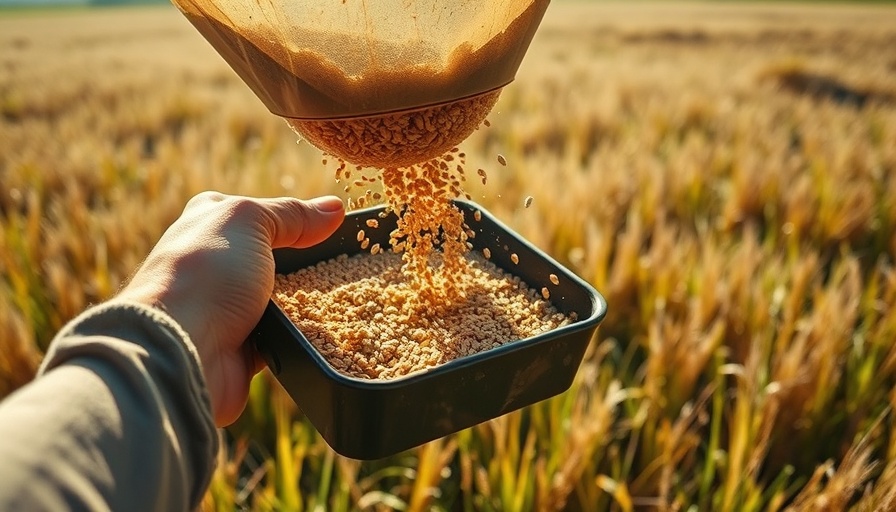
The Secret to a Lush Lawn: Understanding Overseeding
Overseeding is a practice that is essential for maintaining a vibrant lawn, as it helps to fill in bare spots, enhance thickness, and improve lawn resilience. Unlike reseeding, which involves starting a new lawn, overseeding entails adding fresh grass seed directly onto existing grass without disturbing the soil. By executing this procedure correctly, homeowners can achieve a lush, green lawn that not only enhances curb appeal but also provides a rich habitat for biodiversity.
Supplies Needed to Outsmart the Weeds
Before embarking on your overseeding project, gather essential tools such as a lawn mower, rake, grass seed, fertilizer spreader, and topsoil (if applicable). If you want to optimize soil aeration for seed germination, consider employing a dethatcher or core aerator. These tools will enhance soil conductivity, allowing the grass seeds more access to vital nutrients and moisture during the germination process.
Steps for Effective Overseeding
If you're ready to improve your lawn, follow these systematic steps:
- Mow Your Lawn Short: Trim your grass to about an inch to expose the soil surface and facilitate effective seed-to-soil contact.
- Rake Away Debris: Clear any loose grass clippings, twigs, or leaves that might obstruct the seeds from reaching the soil.
- Add Enriched Topsoil: Applying enriched topsoil helps create nutrient-rich contact for your new seeds, promoting rapid growth.
- Spread the Grass Seed: Choose the right type of seed compatible with your existing grass type. For cool-season grasses, aim for a spring or fall overseeding, while warm-season grasses should be overseeded in late spring to early summer.
- Fertilize for Success: Use starter fertilizer to encourage quick root establishment and seed sprouting.
- Water Generously: Keep the area moist but not over-saturated. Watering in the morning is optimal to reduce evaporation.
- Avoid Heavy Traffic: Limit foot and animal traffic on overseeded areas until the grass reaches a height matching the existing lawn.
Optimal Timing for Overseeding Your Lawn
Timing is crucial when it comes to overseeding. Ideally, homeowners should overseed cool-season grasses in early fall or early spring, while warm-season grasses thrive when overseeded in late spring or early summer. Accurate timing ensures that the seeds germinate under ideal conditions, thereby increasing their chances of success.
Common Mistakes and How to Avoid Them
Many homeowners misunderstand overseeding by attempting to just scatter seeds without preparing the lawn. Proper preparation is essential; otherwise, the seeds will not germinate effectively. Another frequent mistake is overseeding without ensuring compatibility between grass types. It's beneficial to combine different grass seed varieties for a more resilient lawn—just be sure they belong to the same seasonal category.
Actionable Insights: The Path Forward
Incorporating overseeding into your regular lawn care routine can yield expansive benefits, from improved grass health to reduced weed proliferation. Regular observation of your lawn’s condition will guide you on when to overseed. With the right techniques, you can keep your lawn vibrant and healthy all year round.
Are you ready to take your lawn to the next level? Don’t underestimate the impact of overseeding—it can elevate your outdoor living space and foster a thriving environment for family and friends. Don't have the time? Consider hiring professionals who can do the hard work for you!
 Add Row
Add Row  Add
Add 






Write A Comment